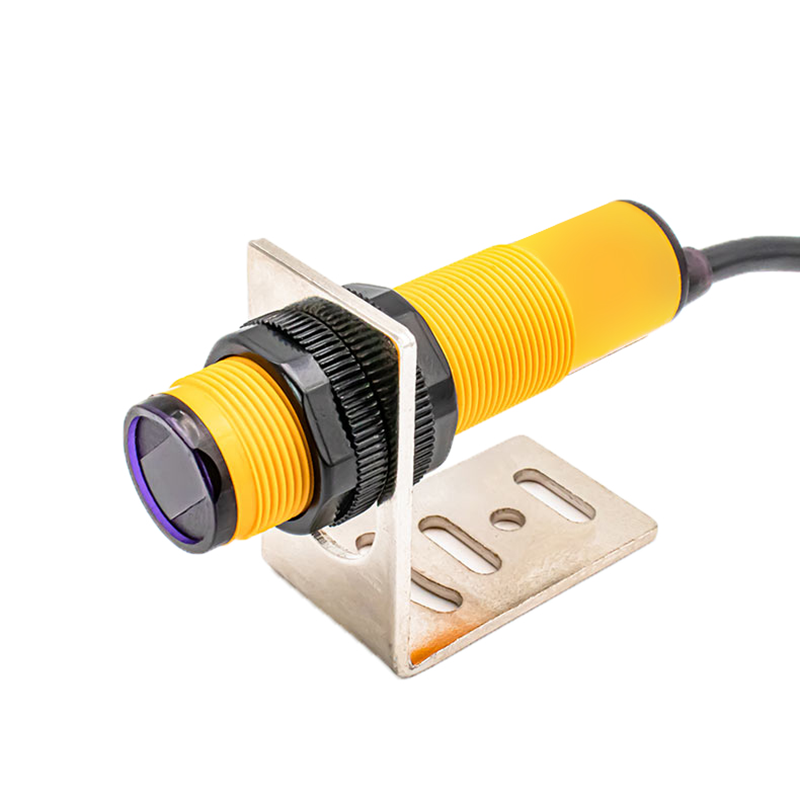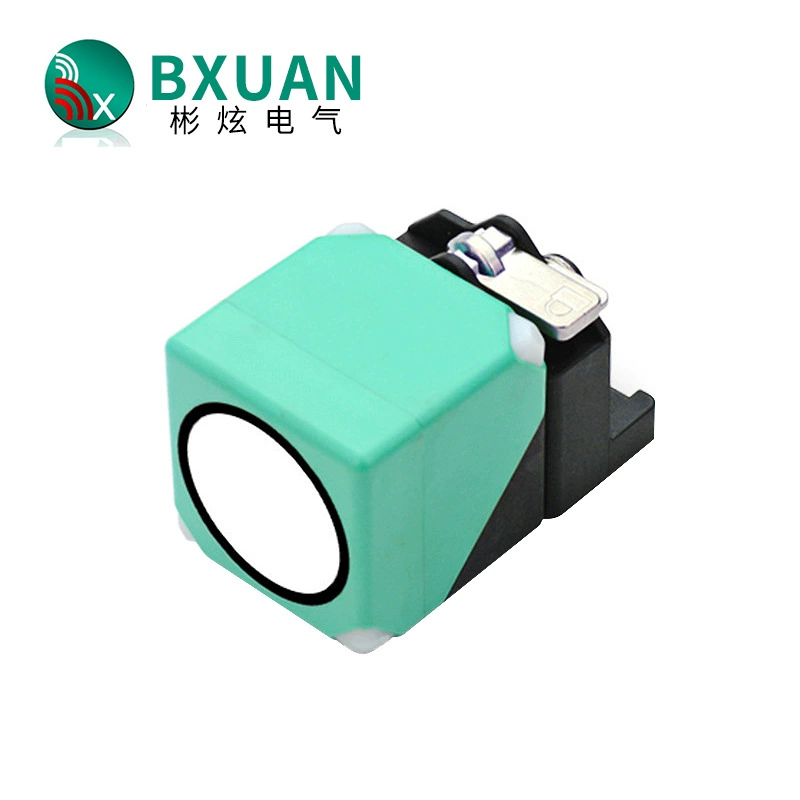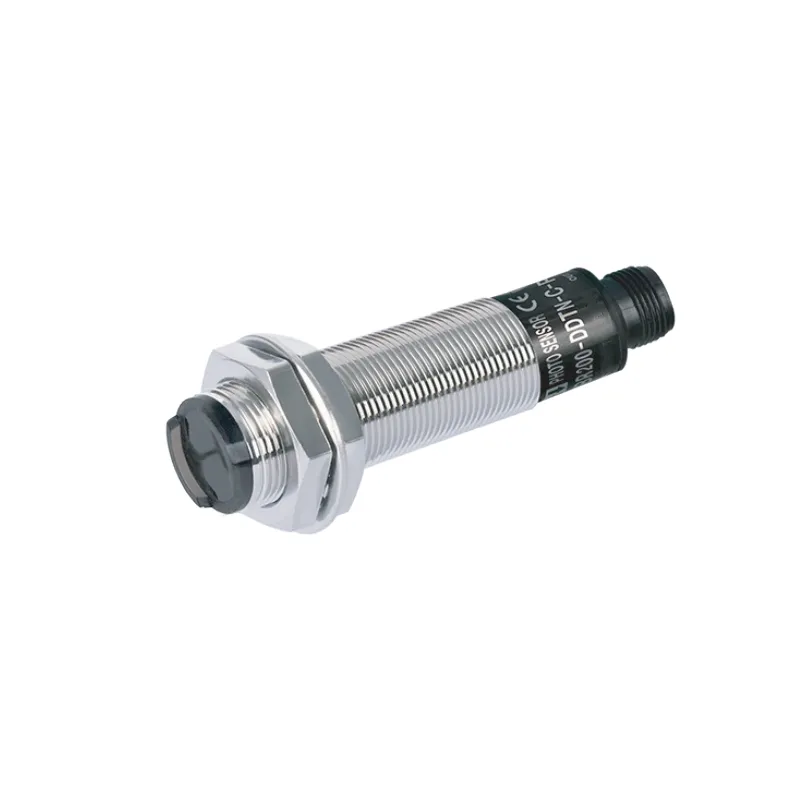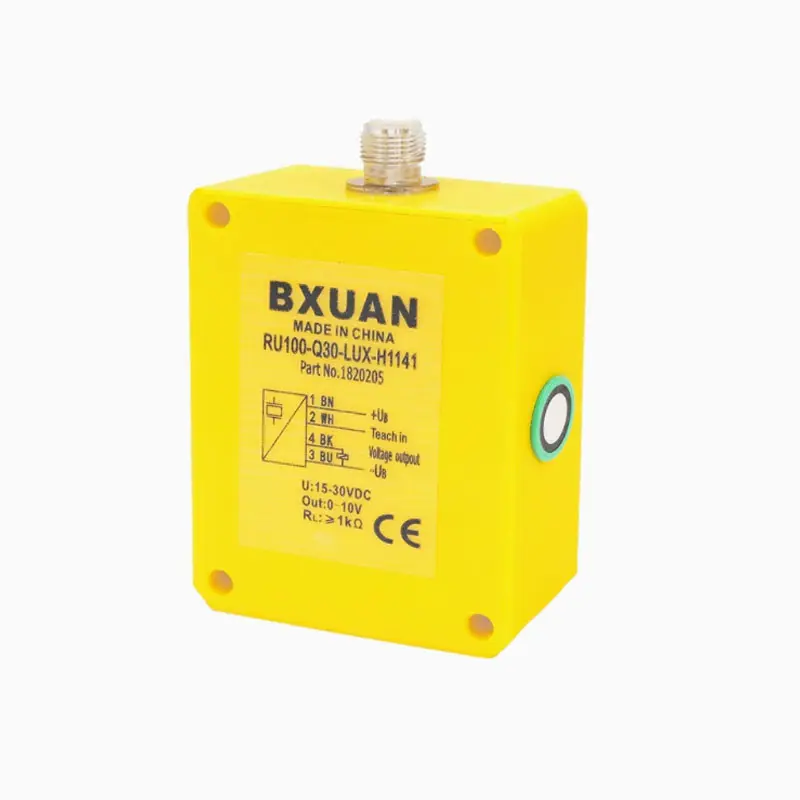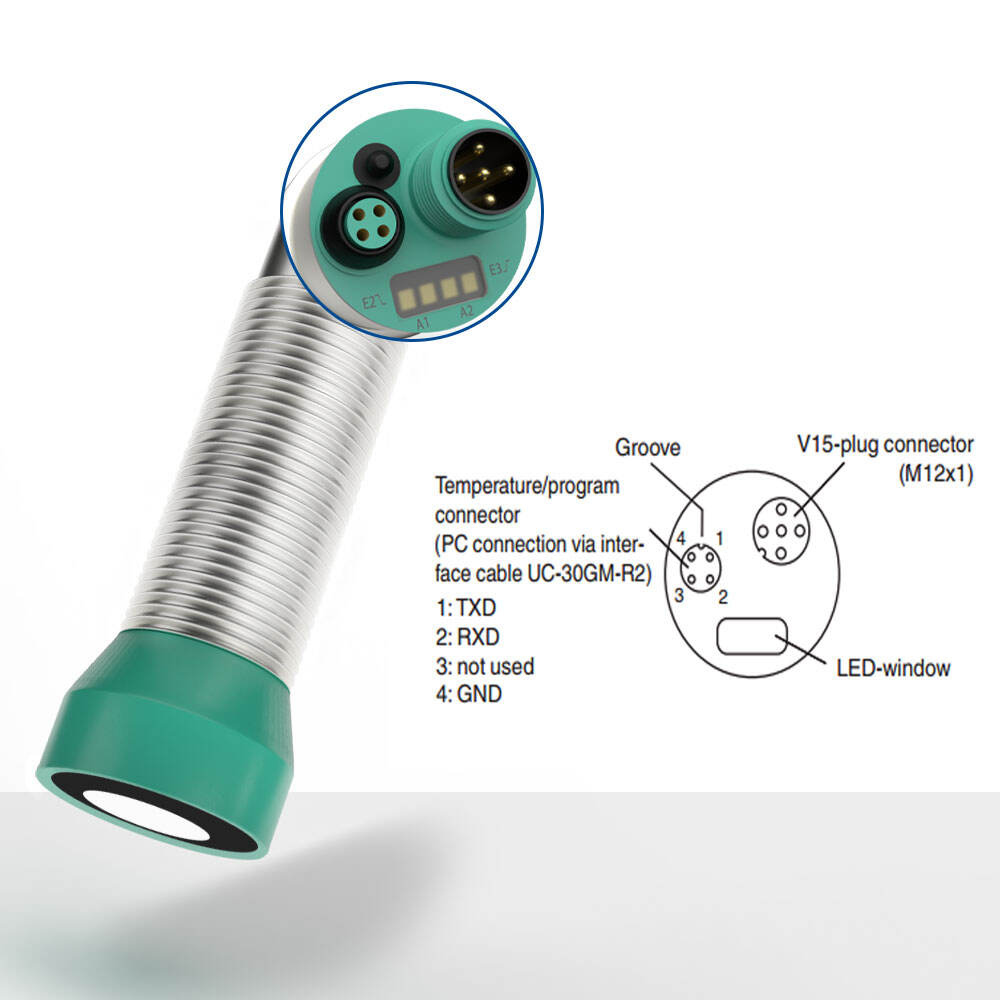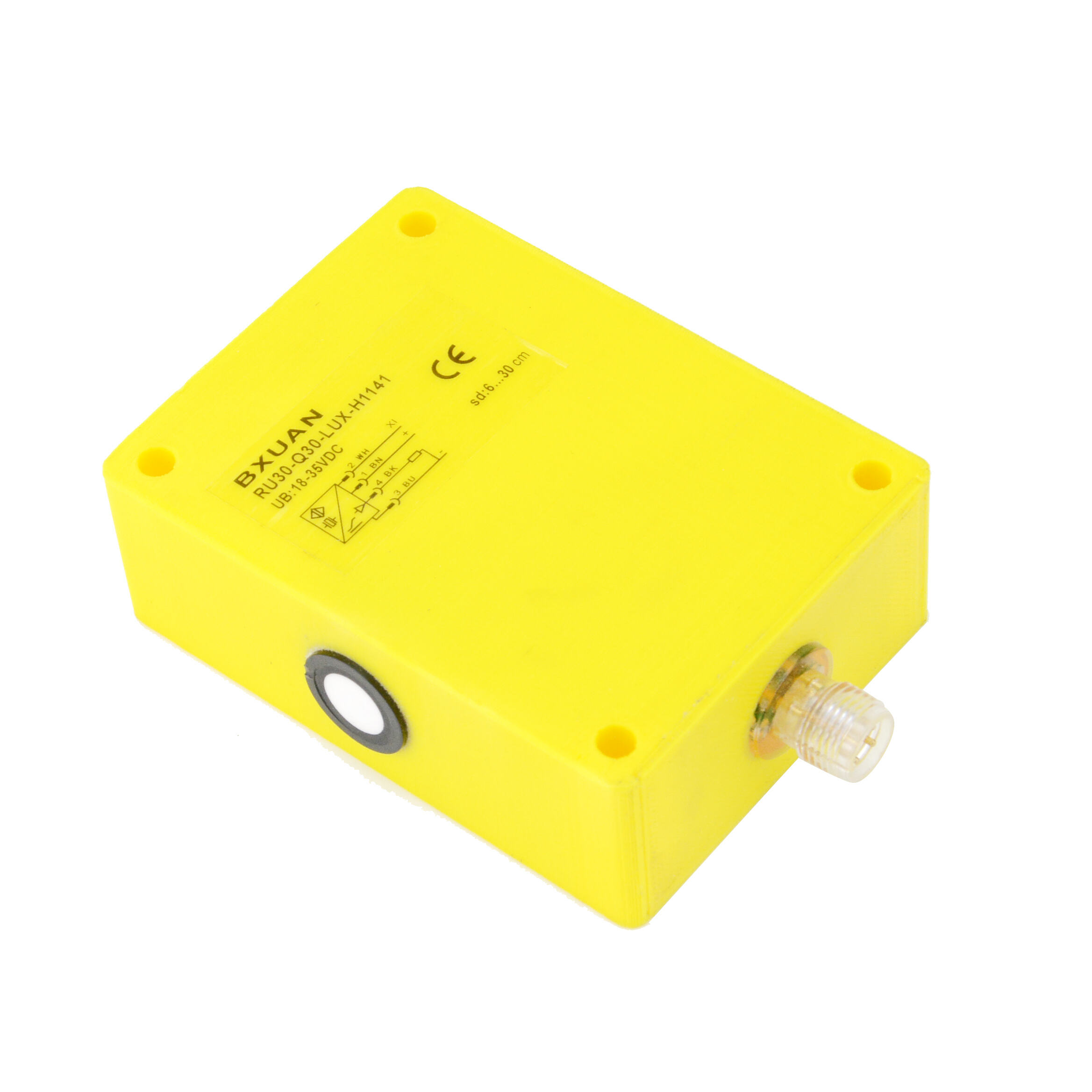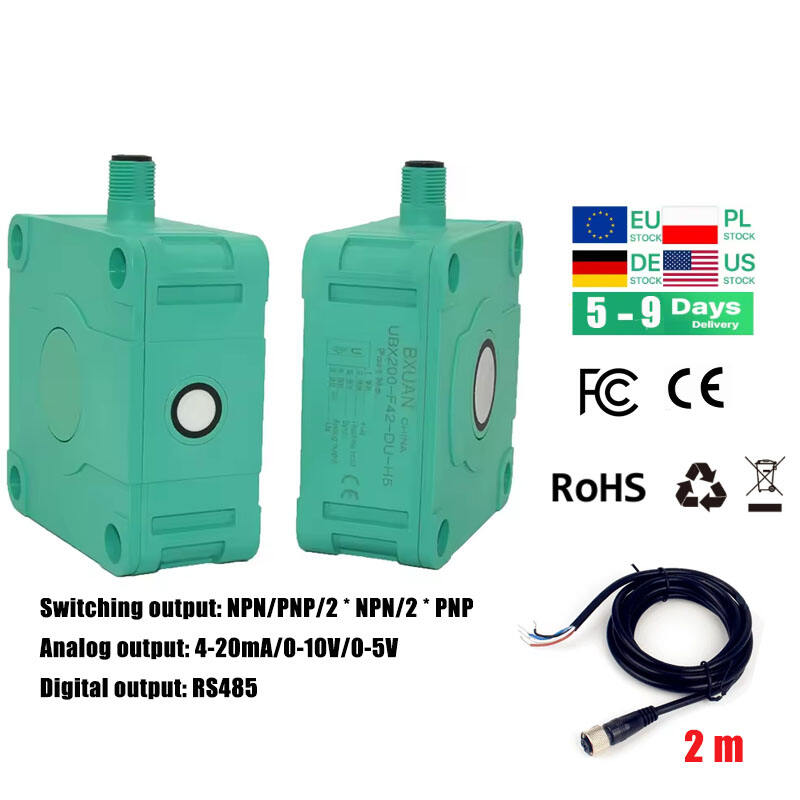ultrasonik sensor
The ultrasonik sensor represents a sophisticated technology that utilizes sound waves beyond human hearing range to detect objects and measure distances with remarkable precision. Operating on the principle of echolocation, these sensors emit high-frequency sound pulses and measure the time taken for the echo to return after bouncing off an object. With their ability to function effectively in various environmental conditions, ultrasonik sensors have become instrumental in numerous applications across industries. These devices typically operate at frequencies between 20 kHz and 200 kHz, providing accurate distance measurements ranging from a few centimeters to several meters. The sensor consists of two main components: a transmitter that emits the ultrasonic waves and a receiver that detects the reflected signals. Modern ultrasonik sensors often incorporate advanced signal processing capabilities, enabling them to filter out noise and provide reliable measurements even in challenging environments. Their non-contact measurement capability makes them particularly valuable in applications where physical contact with the target object is undesirable or impossible. The technology has found widespread use in automotive parking systems, industrial automation, liquid level measurement, and robotics applications, demonstrating its versatility and reliability across diverse operational contexts.

